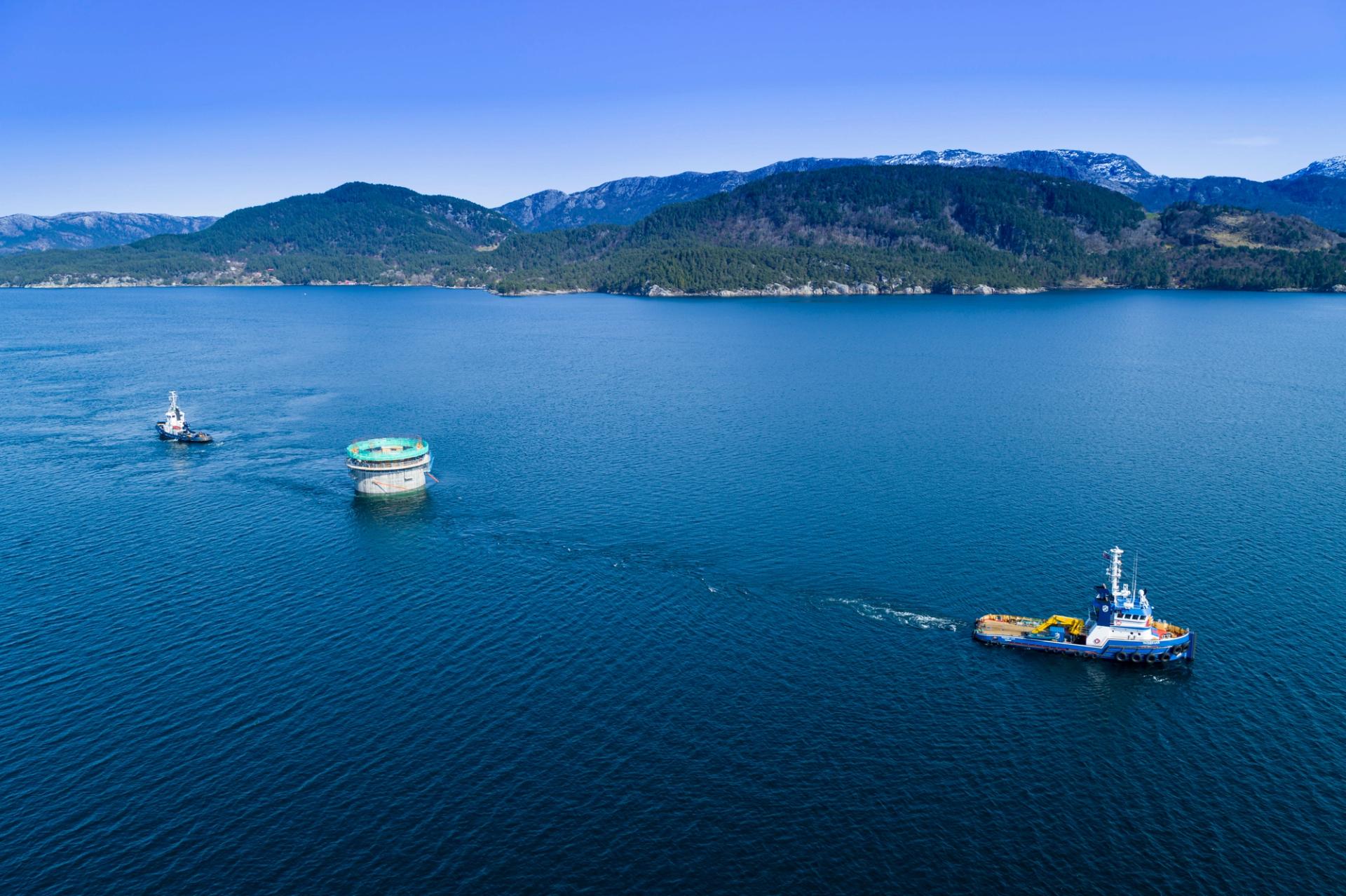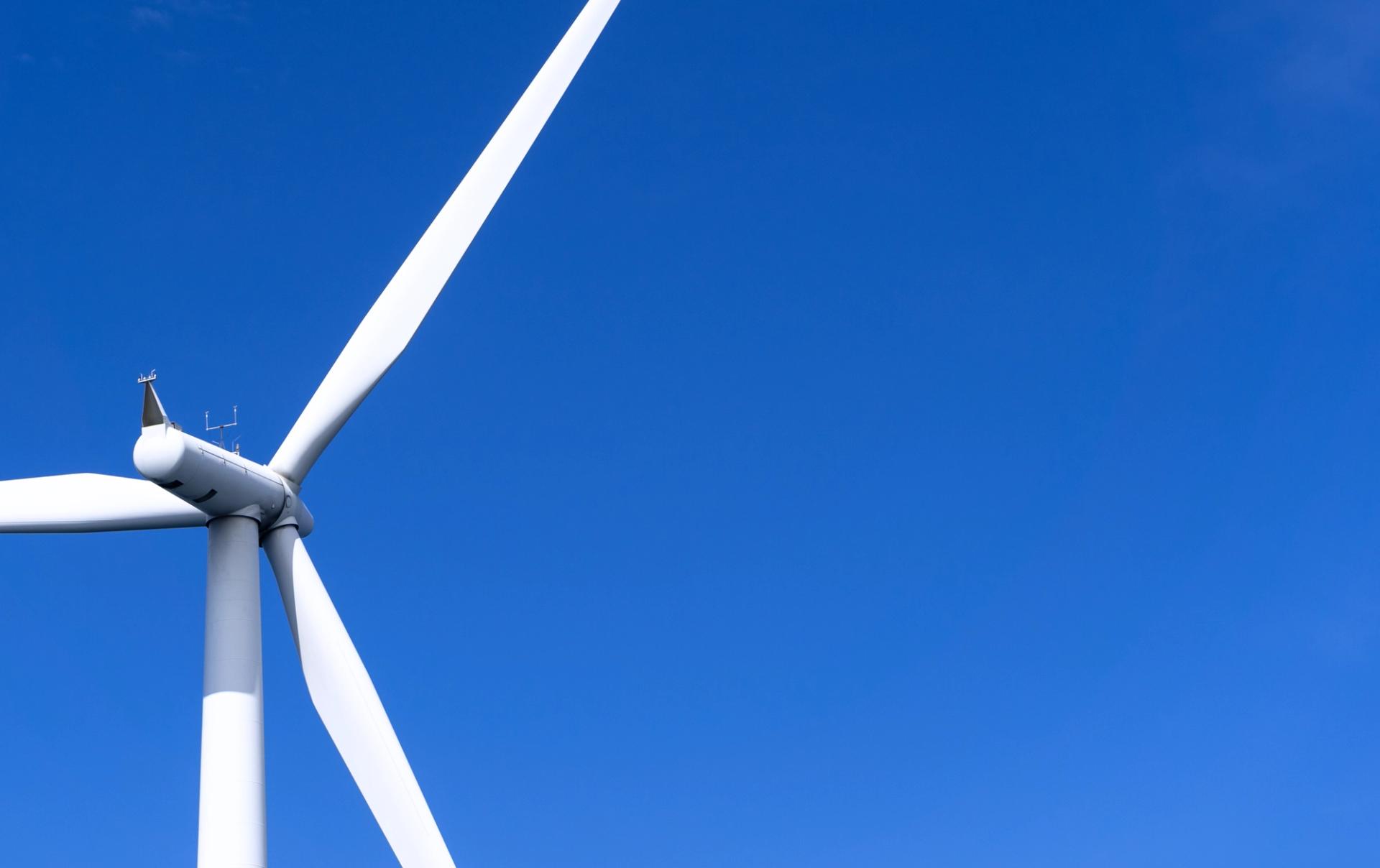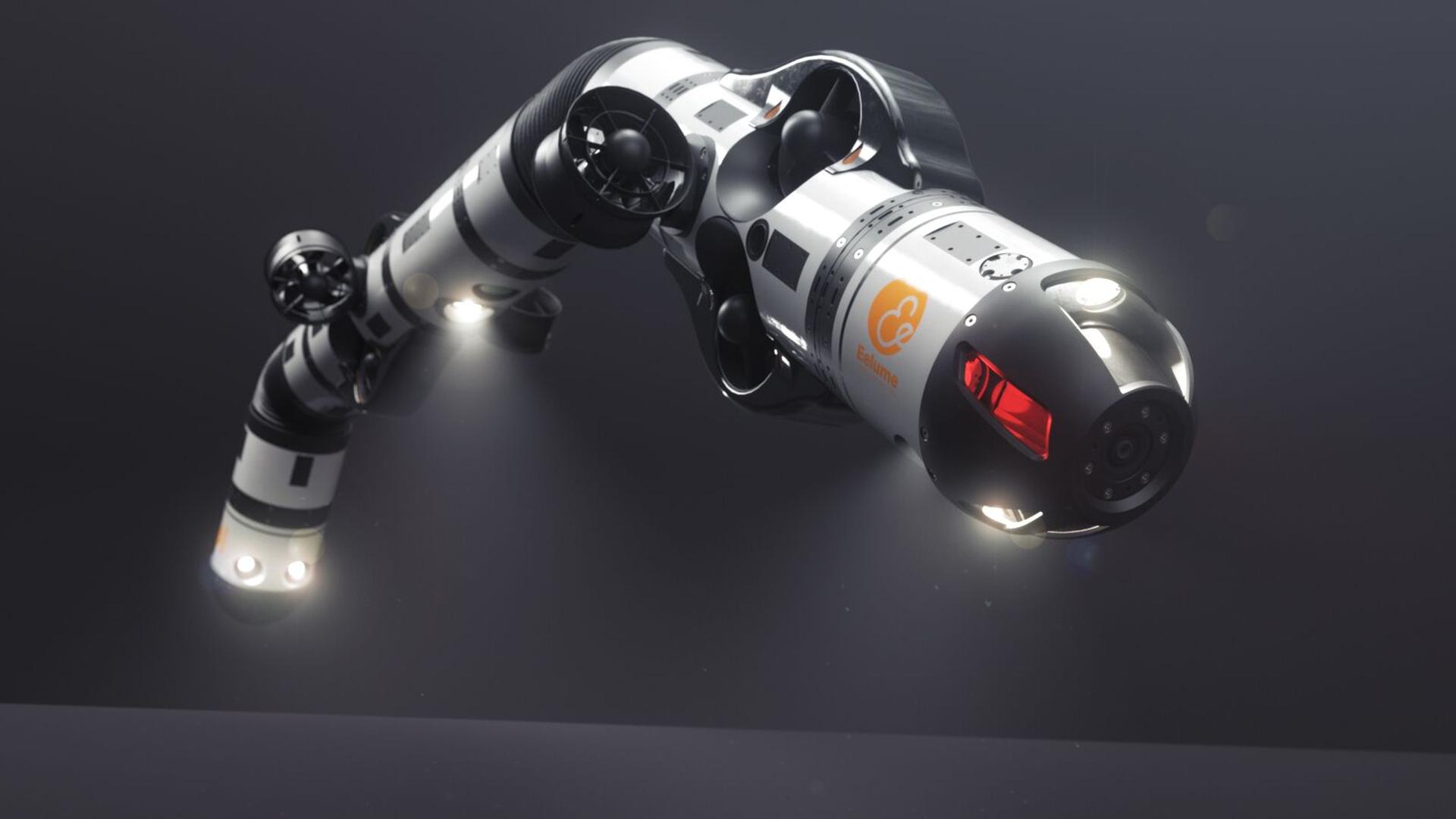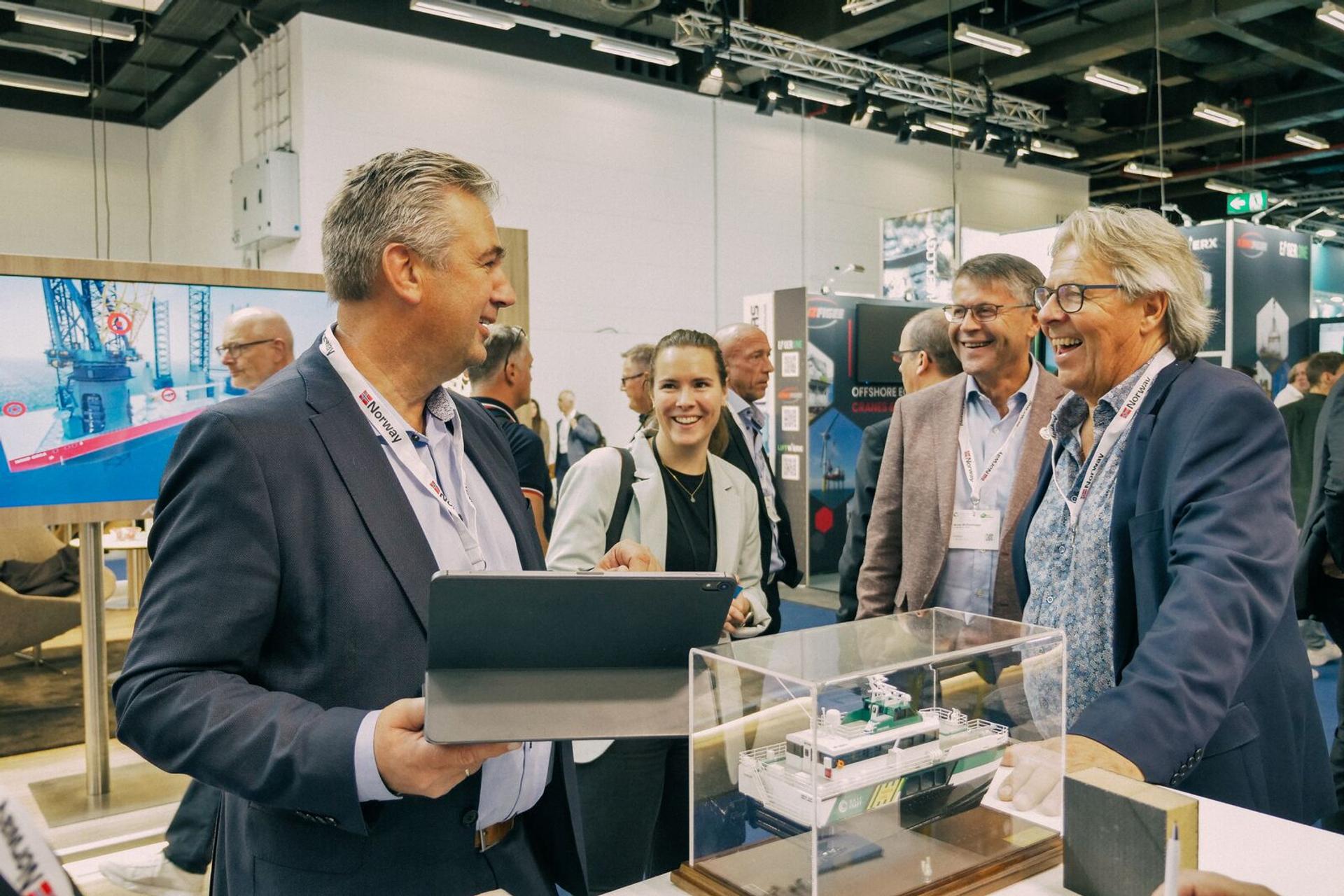Norway rides high-tech tailwind into floating offshore wind future

In November 2022, Norway opened the world’s largest floating offshore wind farm, Hywind Tampen. This industry milestone is a natural outcome of Norway’s decades of offshore experience in harsh conditions and an unrivalled Norwegian supply industry.
“Norway has a competitive edge from its 60 years of experience in designing, installing and operating offshore facilities in extremely rough conditions,” says Eli Wærum Rognerud, Head of Strategic Export Initiatives at Innovation Norway.
Located 140 km off the Norwegian coast, Hywind Tampen is ideally located for tapping into the strong, stable winds far offshore, where 80 per cent of the best wind resources are found. Water depths ranging from 260m to 300m make floating wind the only wind power option here.
“Norway has a competitive edge from its 60 years of experience in designing, installing and operating offshore facilities in extremely rough conditions.”
Eli Wærum Rognerud
Head of Strategic Export Initiatives at Innovation Norway

Reducing use of natural gas
When fully operational, the wind farm will generate nearly half of the world’s floating wind capacity. Behind this massive undertaking is Equinor, a broad international energy company in which the Norwegian government is the majority shareholder.
Before Hywind Tampen, Equinor built the world’s first floating wind turbine, Hywind Demo, and the world’s first floating wind farm, Hywind Scotland.
Exploring larger turbines
Hywind Tampen is a testbed for floating wind, exploring the use of larger turbines, installation methods, simplified moorings, concrete substructures and integration between natural gas and wind power generation systems. This is an important step in industrialising solutions and reducing costs for future offshore wind power projects.
“We don’t need to pilot anymore; we need to scale up to bring costs down. If we do, floating wind can comprise a large part of the energy mix,” says Sonja Chirico Indrebø, VP of Floating Offshore Wind at Equinor.
Supporting Hywind Tampen and projects like it is Norway’s well-developed supply industry, covering all parts of the value chain from presurvey and site selection through installation and operations to decommissioning and end-of-life disposal.
Semar, for example, played a key role together with DOF Subsea in planning and executing the tow and hook-up of the Hywind Tampen wind turbines.
“We have highly skilled actors in offshore supply chains and marine activities, as well as world-class engineers who can tackle the difficult challenges of floating wind,” says Eli W. Rognerud.
Creating tailwinds for offshore wind
To illustrate, here are some exciting Norwegian innovations creating tailwinds for the industry. Norway has 103 000 km of coastline and deep waters that are ideal for assembly, installation, maintenance and transport of large offshore wind structures and vessels.
Part of Norway’s green port movement, Windport’s ambition is to offer integrated port services with net-zero emission operations on Norway’s southern coast. Here, floating wind turbines can be fully assembled and then towed to their final destination in Norway, Scotland and elsewhere.
“Norway has ideal conditions for port infrastructure. In our fjords, we have deep waters, sheltered areas and access to large quay fronts that sit on solid rock. On the south coast, the sea has no ice in the winter, low tidal variations and no sand banks,” explains Turid Storhaug, CTO at Global Ocean Technology.
“Norway has ideal conditions for port infrastructure.”
Turid Storhaug
CTO at Global Ocean Technology
“Like Norway, the countries of Denmark, Germany and Scotland have massive plans to develop offshore wind, but a lack of suitable port infrastructure could hold them back. With Windport, we offer access to the entire North Sea area,” she adds.
Fred. Olsen 1848, on the other hand, takes a different approach to this challenge with its Mobile Port Solution. It has also developed a next-generation floating wind turbine foundation and an O&M solution that reduces the levelised cost of energy.

Disruptive robotics technology
For turbine site selection, GeoProvider uses advanced data mining and seismic processing to optimise subsea risk management, while the compact SkyWalker robot by Nekkar allows for eco-friendly, efficient and remote-controlled installation that will eventually replace the massive cranes of the past.
The SkyWalker weighs less, costs less and takes up less space than conventional assembly solutions. “Our mission is to create a more efficient value chain and lower the cost of energy,” says Mette Harv, Executive VP at Nekkar.
In other ground-breaking innovations, Spoor helps birdlife and wind farms to coexist by using computer vision and AI to detect, track and classify birds, and workers and equipment are kept safe with a smart, autonomous “walk to work” gangway system by Uptime International.
Game-changing designs
In a game-changing design, Honeymooring® eliminates chains and reduces the number of anchors per turbine, lowering costs and protecting the seabed. Meanwhile, the OO-STAR is a prototype for a semi-submersible floating substructure for wind turbines, capable of supporting heavy turbines under harsh conditions.
Finally, the list would be incomplete without mention of Norway’s shipbuilding history. The Ulstein Group, one of Norway’s oldest and largest shipbuilders, has designed a wide range of offshore wind vessels, including hybrid hydrogen-powered construction support vessel and turbine installation vessels, that make offshore wind more sustainable.

Thriving on collaboration
As with all renewables, floating offshore wind cannot progress without participation from the research and government sectors. Founded in 2009, the Marine Energy Test Centre (METCentre) in Norway is a North Sea centre for testing new marine renewable energy technologies, especially floating wind.
“The METCentre illustrates the international, multisectoral nature of floating offshore wind. Public sector funding from the EU and Norwegian government has been crucial, as has collaboration among companies and institutions in countries such as Denmark, France, Germany, Norway and Spain,” says Wærum Rognerud.
Industry cooperation is strong in Norway. The objective of the industry organisation Norwegian Energy Partners (NORWEP) is to support and assist in the internationalisation of the Norwegian energy industry. The business cluster Norwegian Offshore Wind, meanwhile, seeks to create the strongest supply chain for floating wind worldwide.
Floating offshore wind is an international effort. Fortunately, Norwegians have collaboration in their DNA and geography on their side, with 103 000 km of coastline and deep waters that they are ready to share.
“Equinor has been working with floating wind for two decades already.”
Sonja Chirico Indrebø
VP Floating Offshore Wind at Equinor
“Equinor has been working with floating wind for two decades already. Our technology and competence from years in the offshore sector give us an advantage. Norway is one of the countries innovating in floating wind, and has the potential to become a frontrunner,” concludes Chirico Indrebø.
